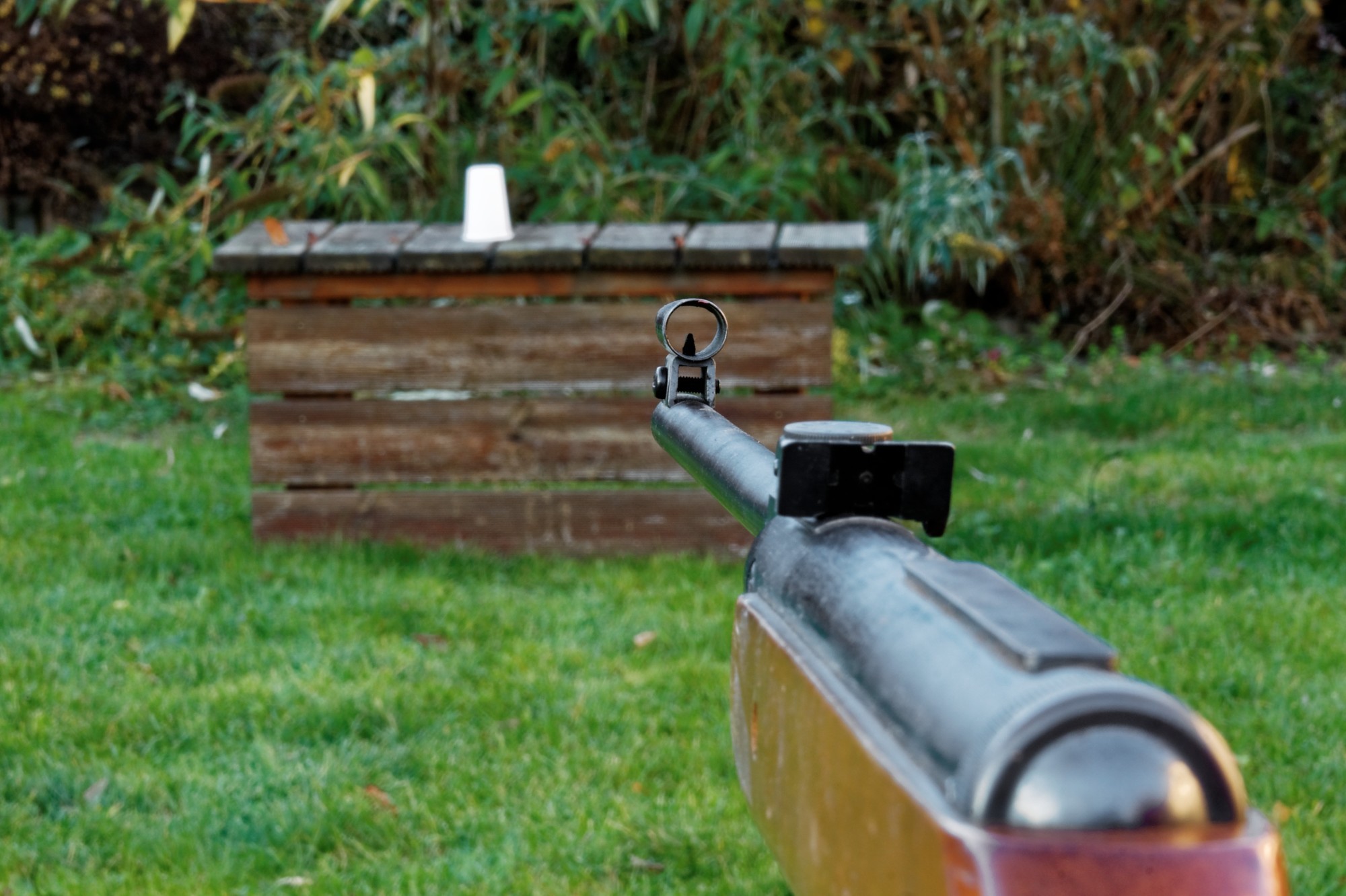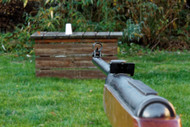How Does an Air Rifle Work? The Complete Beginner's Guide
10th Oct 2020

Have you ever wondered about air rifles? They are a fun item to buy for outdoor enthusiasts. Whether you are a hobbyist or want to shoot professionally, investing in a great air rifle is a great way to ensure endless fun.
If you've ever been curious about buying an air rifle, we recommend you to do so. We know you'll enjoy shooting - just make sure you familiarize yourself with gun safety first.
But have you ever wondered how does an air rifle work?
These are fascinating objects that have long been a great American tradition. We've put together this guide so you can understand how your air rifle works.
How Does an Air Rifle Work
Air Rifles and BB guns are a great item for both adults and kids to enjoy. While these are non-lethal weapons, they can cause damage if not used responsibly. They are also sophisticated weapons just as real guns are.
We also suggest you read up on the rules of owning an air rifle in your jurisdiction before buying one.
Here's how they work:
1. Internal Mechanics
Within a few milliseconds, the air rifle fires as soon as you squeeze the trigger. When you squeeze the trigger, the sear disengages. When it's disengaged, it causes the decompression of the mainspring. When this happens, the spring-piston pushes forward.
The piston then pushes the ammunition forward at rapid speed. This is how spring-piston air rifles work. The intensity and speed by which they fire depend on the model of air rifle you use.
Apart from spring-piston rifles, there are two other main types of air rifles:
- Pneumatics: These air rifles have pneumatic potential energy that has pressurized compressed air. These air rifles have pumps that pressurize the air before you shoot
- C02: These air rifles use external C02 gas cylinders (pre-filled). These cylinders provide the power for shooting and need replacing when the gas supply gets exhausted
2. Powerplant Modules
Next, let's move on to the powerplant modules. These are for the air rifle's operation - specifically for the creation of pressure in the air rifle.
Powerplant modules consist of two types. The first is the Break Barrel, in which the barrel is hinged. This barrel cocks the gun.
There's also the Fixed Barrel, which is a stationary barrel. In this case, there is a lever for cocking the gun. There can either be an Underlever that is located beneath the barrel and is the most popular in air rifles.
The other two types of levers are the Overlever (though this is not found in air rifles specifically), and the Sidelever that is located on the side of the air rifle's receiver.
3. Temperature and Velocity
The molecules within the air rifle have mass and are able to produce motion and kinetic energy. This is what causes them to push forward the ammunition.
The higher the temperature within your air rifle the higher the velocity at which the gun fires will be. Temperature gets measured in Kelvin (K). K is Celsius plus 273.
The temperature of the gas within the air rifle is what leads to the intensity of the velocity. The more gas that can enter the air rifle, the higher your velocity will be.
Now let's understand how to use your air rifle.
4. Safety and Trigger
Let's look a bit deeper into the safety and trigger on an air rifle. An air rifle will have a safety lever that has to be enabled to prevent accidental firing and disabled to begin firing. Many air rifles will have an automatic safety that is disabled when the gun is cocked.
When the safety is pushed forward the gun will fire when you squeeze the trigger. When it is pushed back, the gun is in safety mode and cannot be fired.
Some air rifles allow for adjusting the trigger to a position suited for the shooter. Usually, this is only used by experienced shooters. If an air rifle is semi-automatic, then the air rifle doesn't need continuous reloading or pumping to fire. If it is automatic, then as long as the trigger remains depressed there will be continuous firing.
5. Choosing an Air Rifle
Now you know the basics of how an air rifle works - but you are still wondering how to choose the perfect air rifle for a beginner. As there are countless great air rifles available, you want to shop around before making your decision.
As a beginner, here's what you want to look for when choosing your first air rifle:
You want to consider what the use of your air rifle will be. Is it for general target practice as a fun hobby? Or are you using it for hunting or pest control?
While all air rifles are great for target practice, you will need to pay attention to the specifications if you need them for more specific purposes. You want to consider if it has a scope for accuracy. Does it have a high velocity and the capacity for increasing its power? This is what you'll need for far-flung targets including for hunting.
You want to consider how much power you want your air rifle to have. For example, PCP rifles have tremendous power and are a favorite for seasoned shooters. But as a beginner, you might only want to shoot casually and might want to opt for a standard hunting air rifle.
You also want to consider the accessories that you can add to your air rifle. As a beginner, you probably won't give much heed to air rifles. But as you become more experienced with air rifles you will want to invest in accessories to enhance your experience of shooting.
Get Your First Air Rifle
Now you know the answer to the question "how does an air rifle work?" and how to choose your first air rifle, you are ready to start shopping. We recommend looking at our blog to learn more about making your air rifle purchase and about air guns in general.
Check out our collection of bestselling air rifles today!
